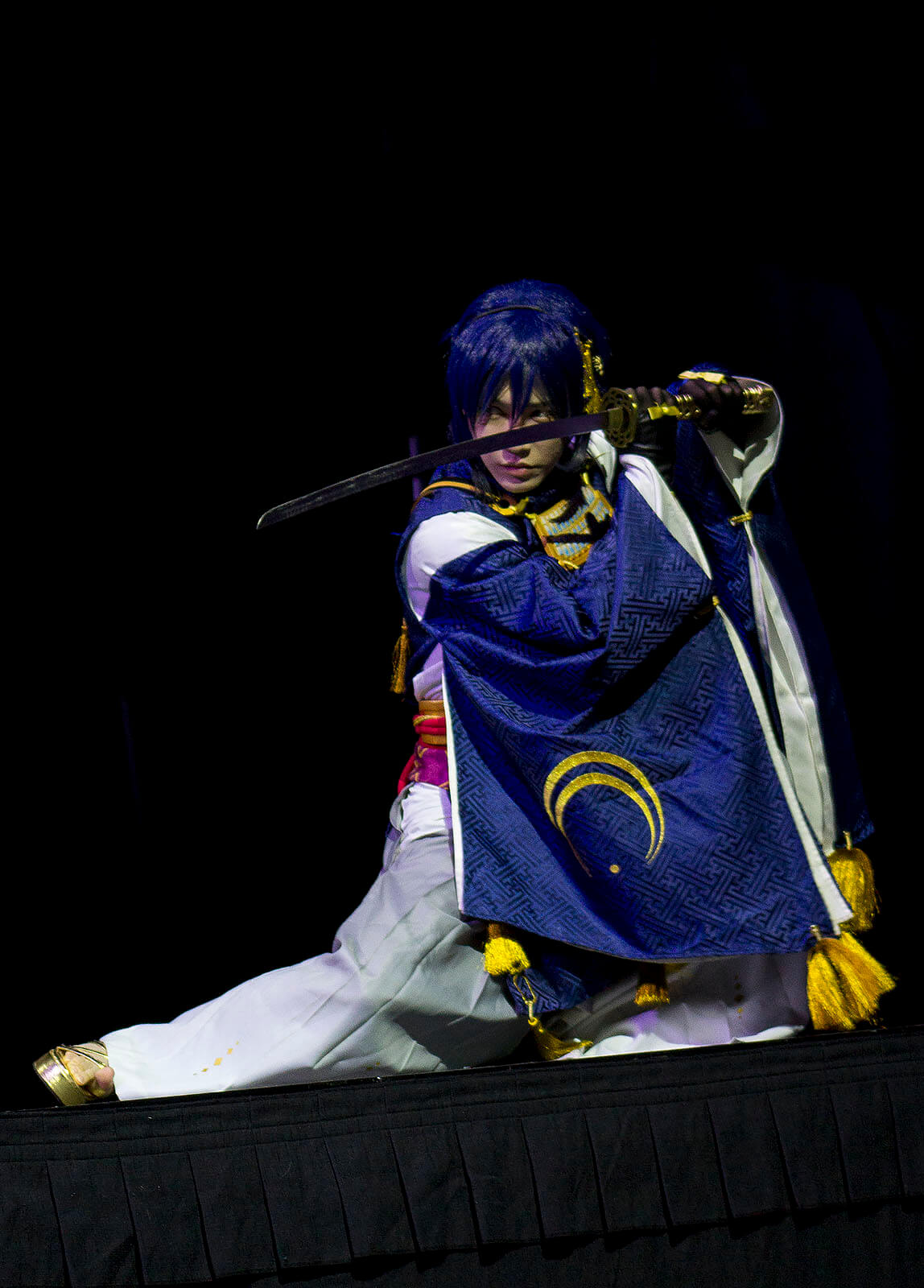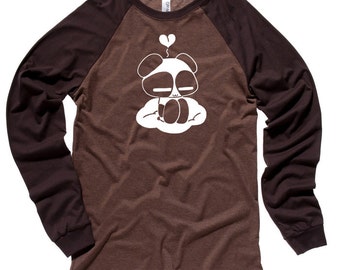

This is because verbs don’t change based on the person it applies to. It’s also common to answer by repeating the verb if someone asks you a question. In spoken casual Japanese, particles are often dropped. Here are some examples of the dictionary form or casual present tense: All dictionary form verbs end with the u-vowel.Īn important thing to note about Japanese present tense is that it can also be used as the future tense. This form is casual and you would only use it with friends and family. As the name suggests, it is what can be found in dictionaries to look up verbs. The dictionary form of verbs is the casual present tense of a verb. There are two main irregular verbs in Japanese that don’t belong in ru-verbs or u-verbs. Here are some common u-verbs that look like ru-verbs: しゃべる( shaberu), 帰る(kaeru), 知る( shiru), 入る( hairu), and 走る( hashiru). This means that some eru and iru ending verbs are part of u-verbs. Unfortunately, there are exceptions to the rules and some u-verbs look like ru-verbs.

Some examples of u-verbs are 立つ( tats u), 学ぶ( manab u), 飲む( nom u), and 分かる( wak aru). This can be any verb ending like う( u), つ( ts u), む( mu), etc… This also includes verbs ending in る that don’t have an eru or iru ending. U-verbs are any verbs which end in u, which is not a ru-verb. Some examples include 食べる( tab eru), 着る( k iru), or 寝る( n eru). Ru-verbs are those that end in る, that have either i or e vowel sounds before the る. It’s important to know these two types to understand conjugation rules. Verbs in Japanese can primarily be categorized into two types: ru-verbs and u-verbs.


 0 kommentar(er)
0 kommentar(er)
